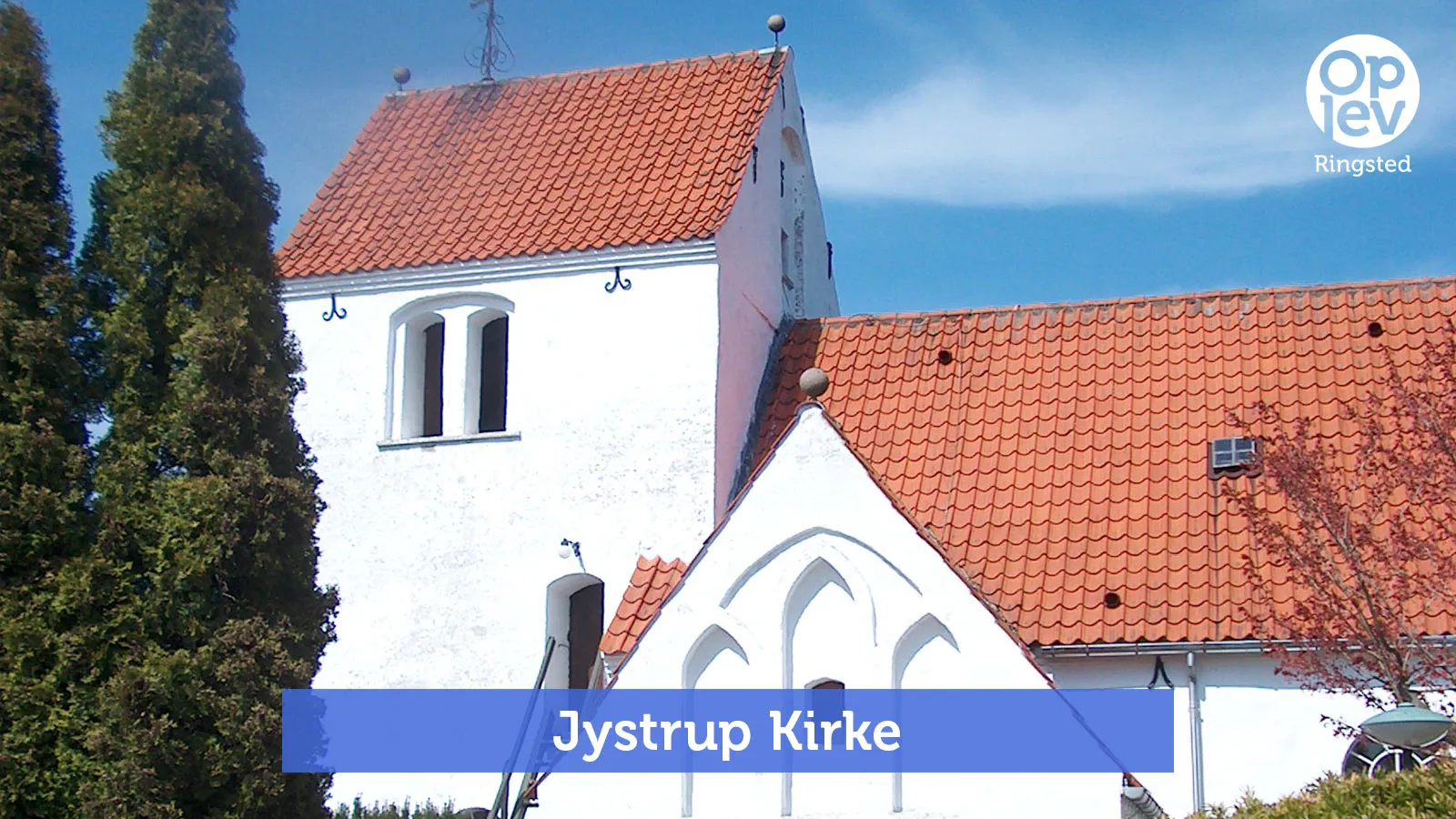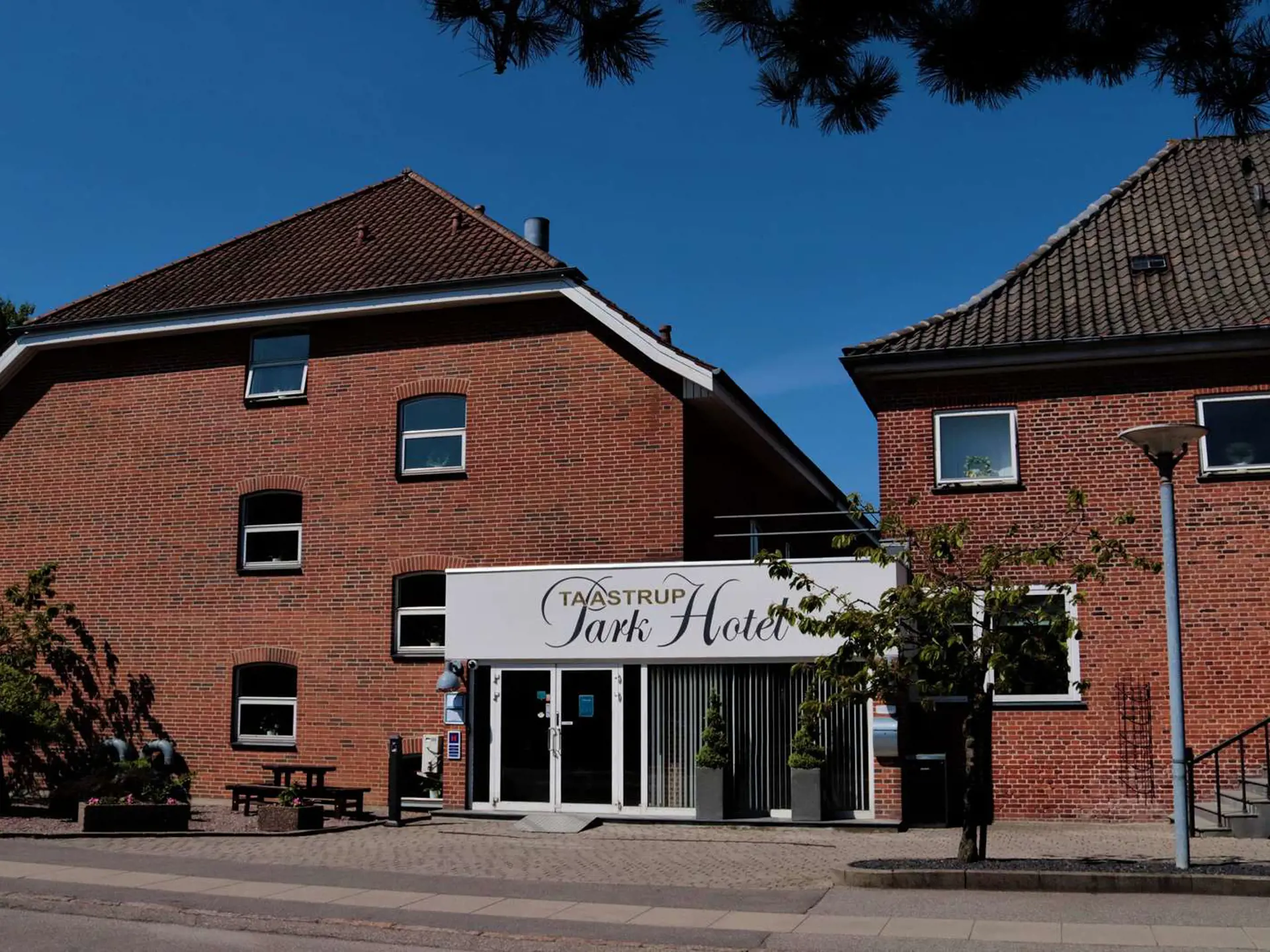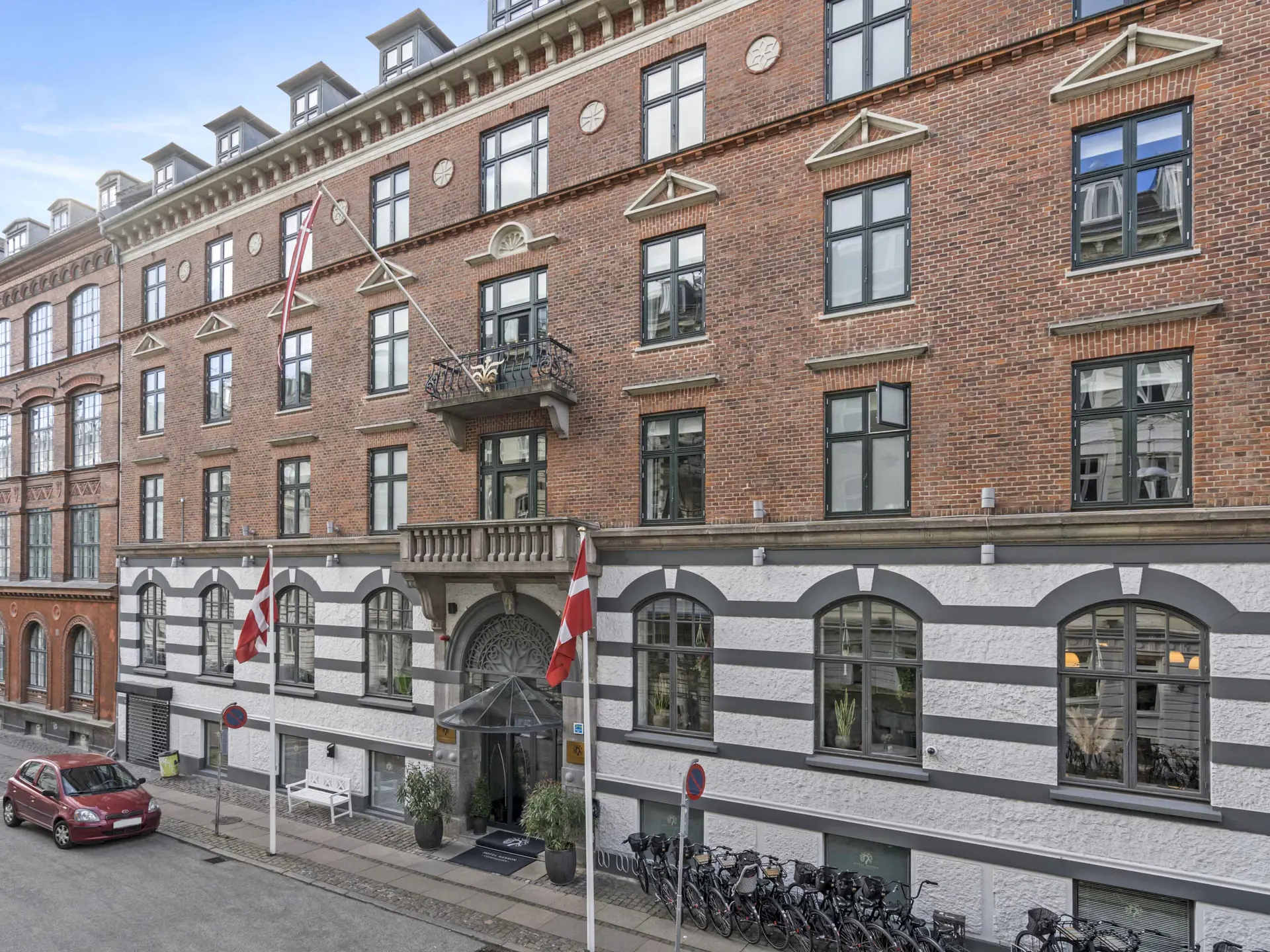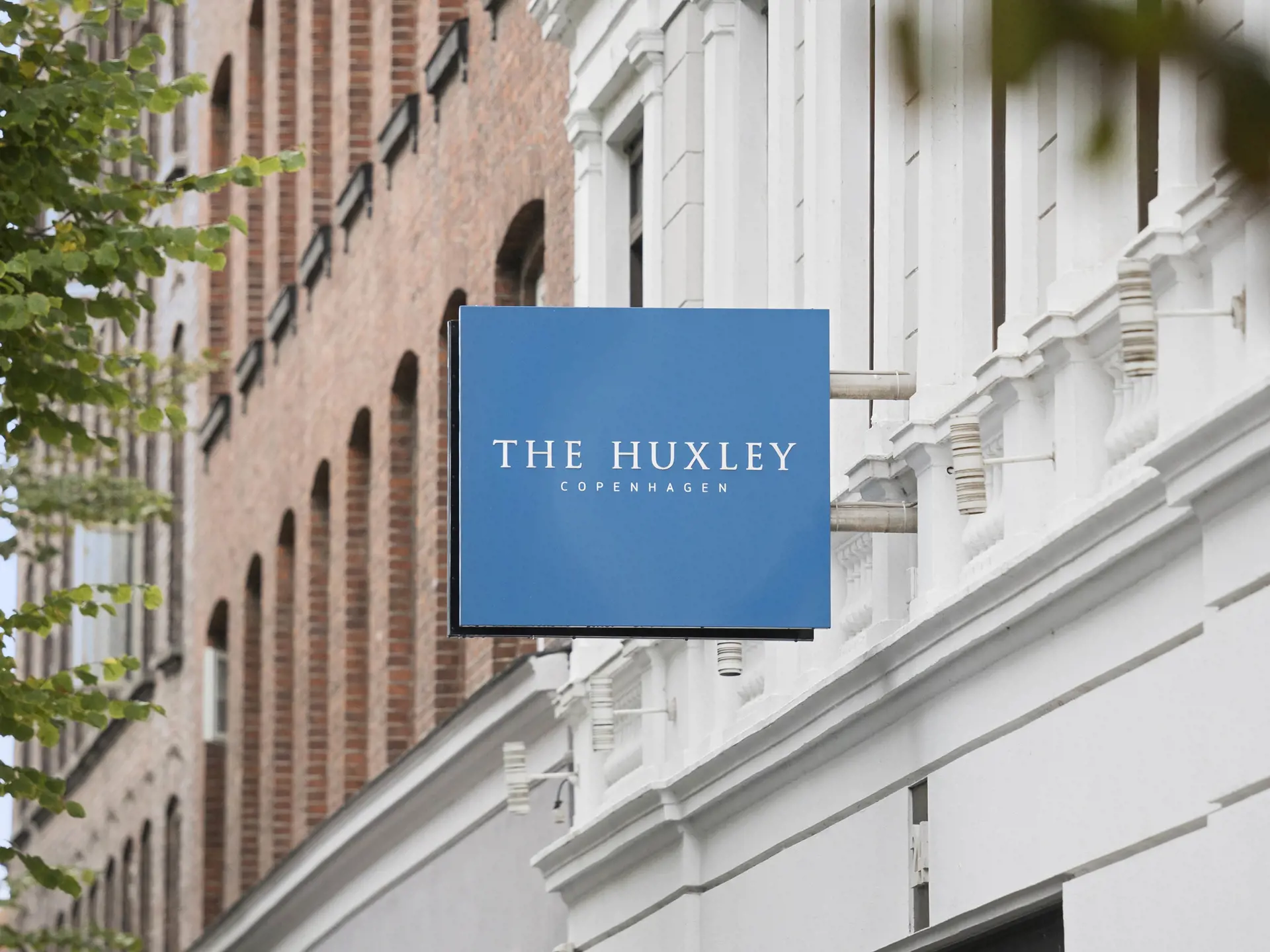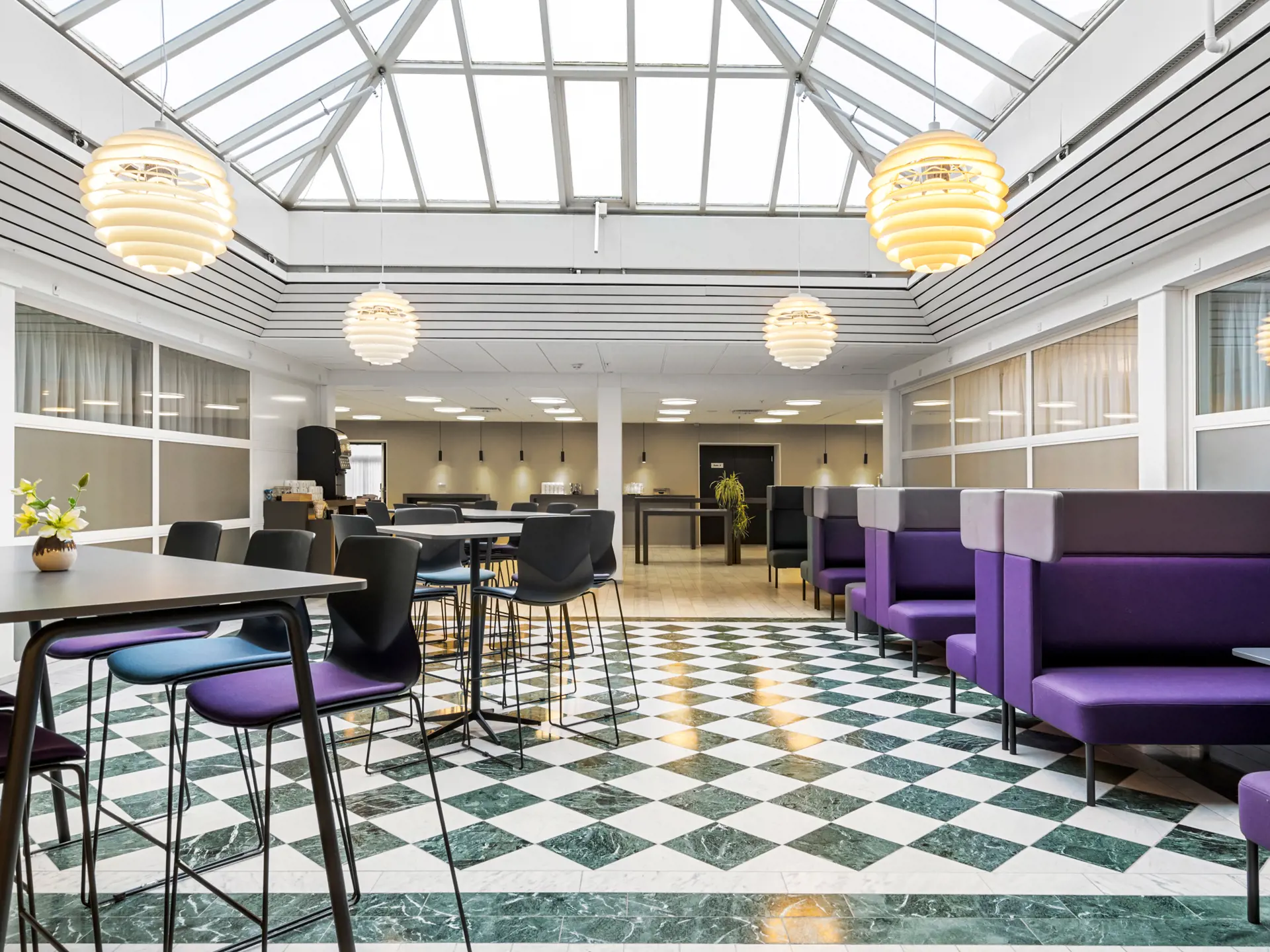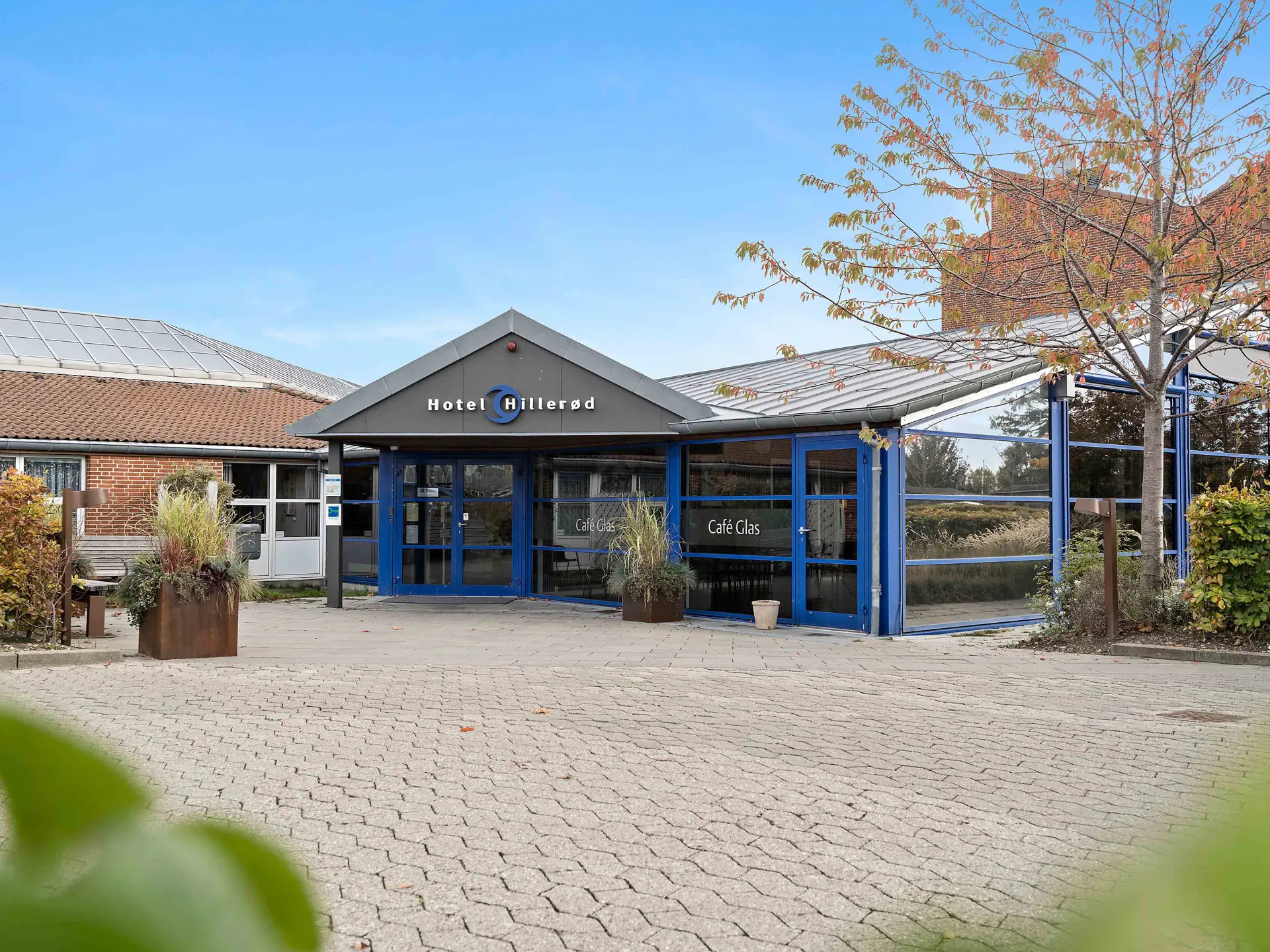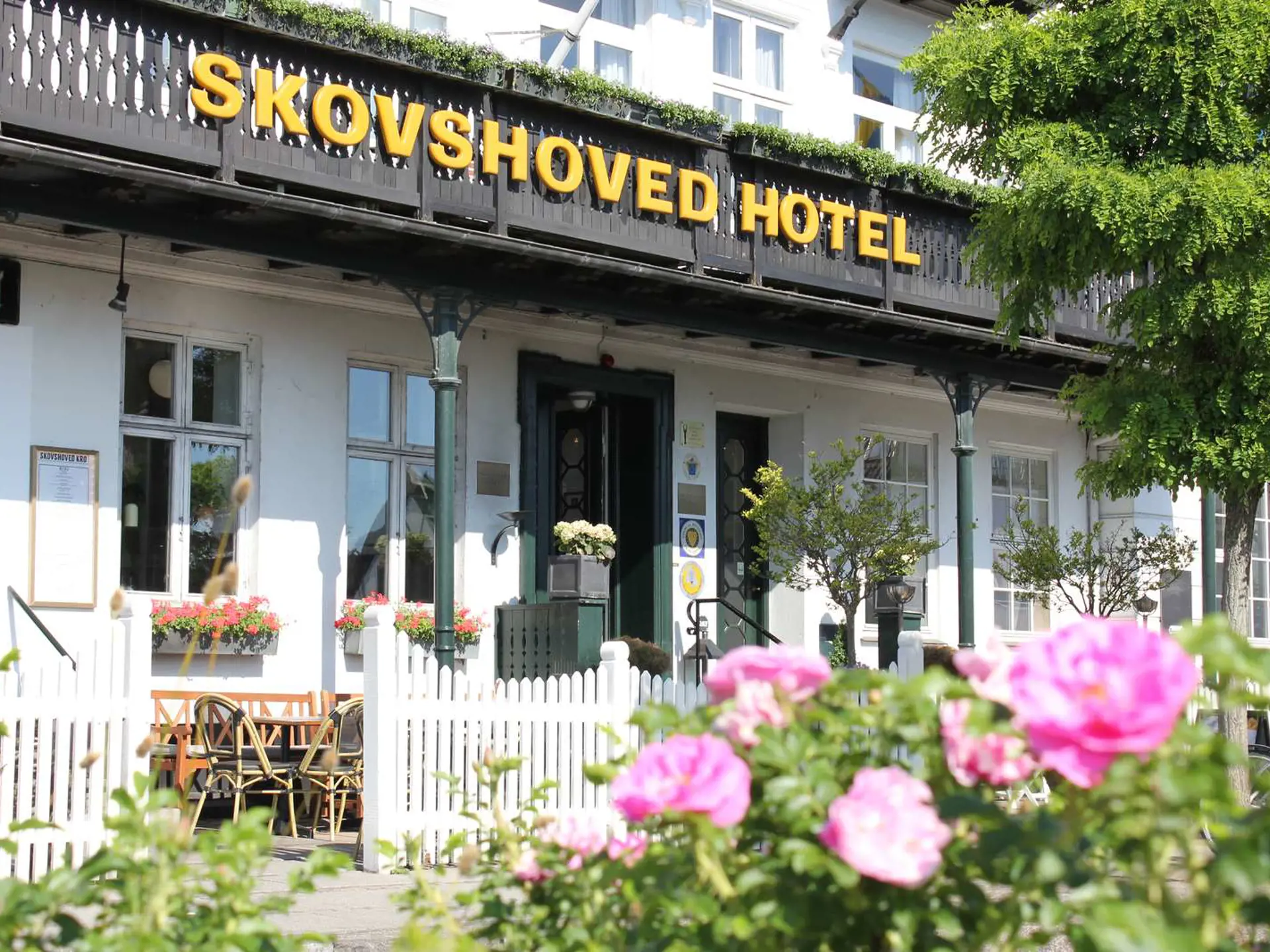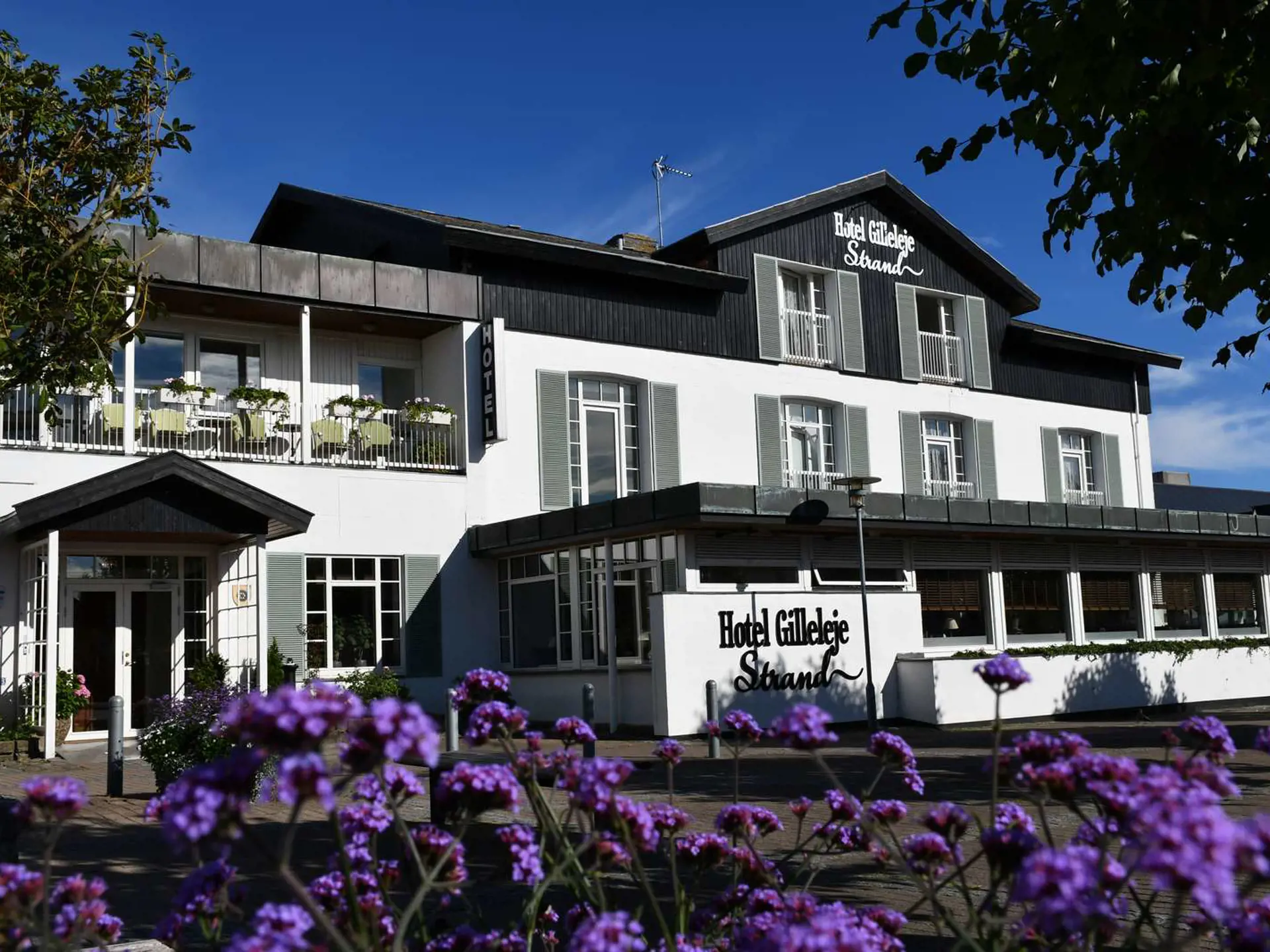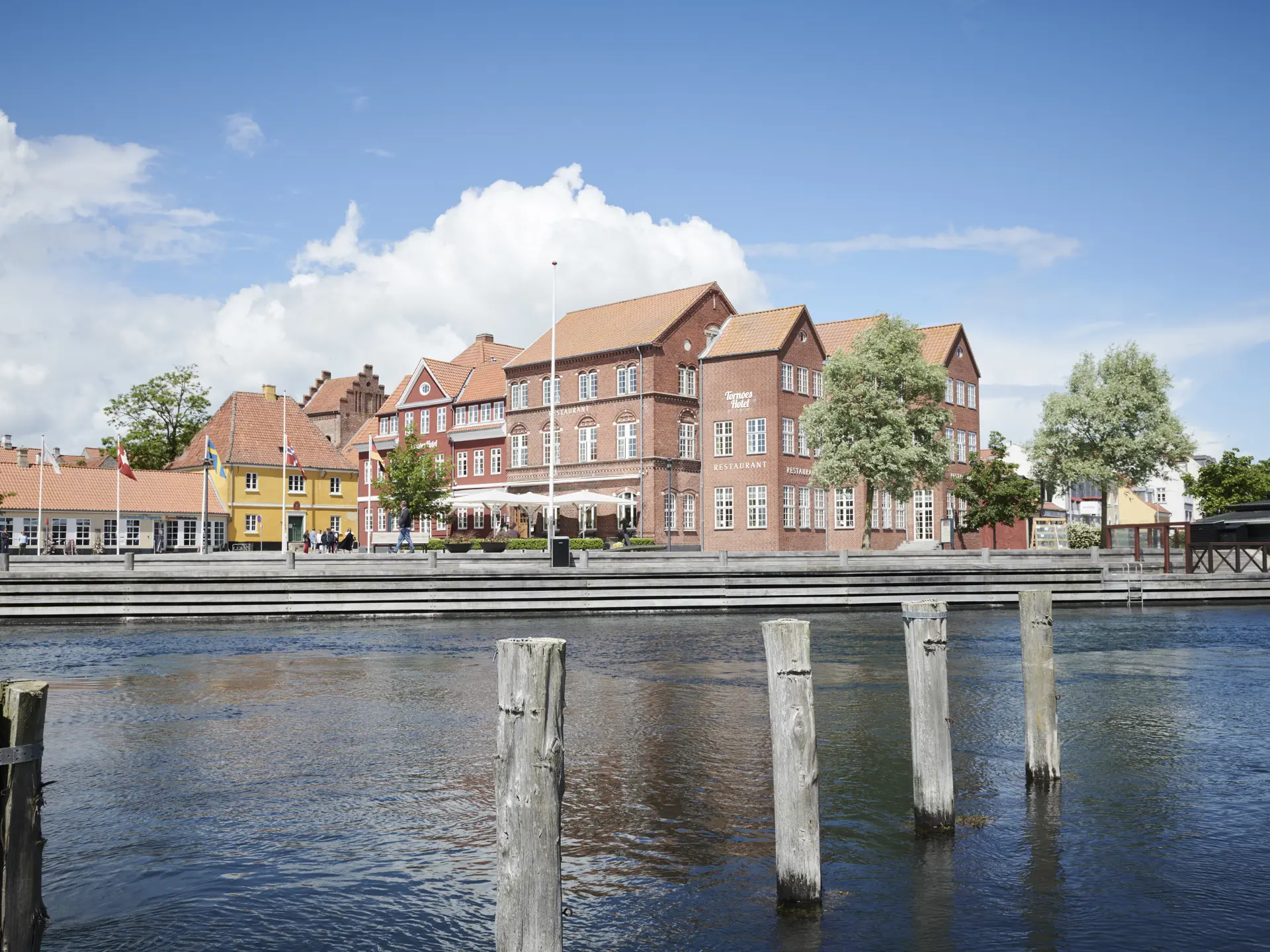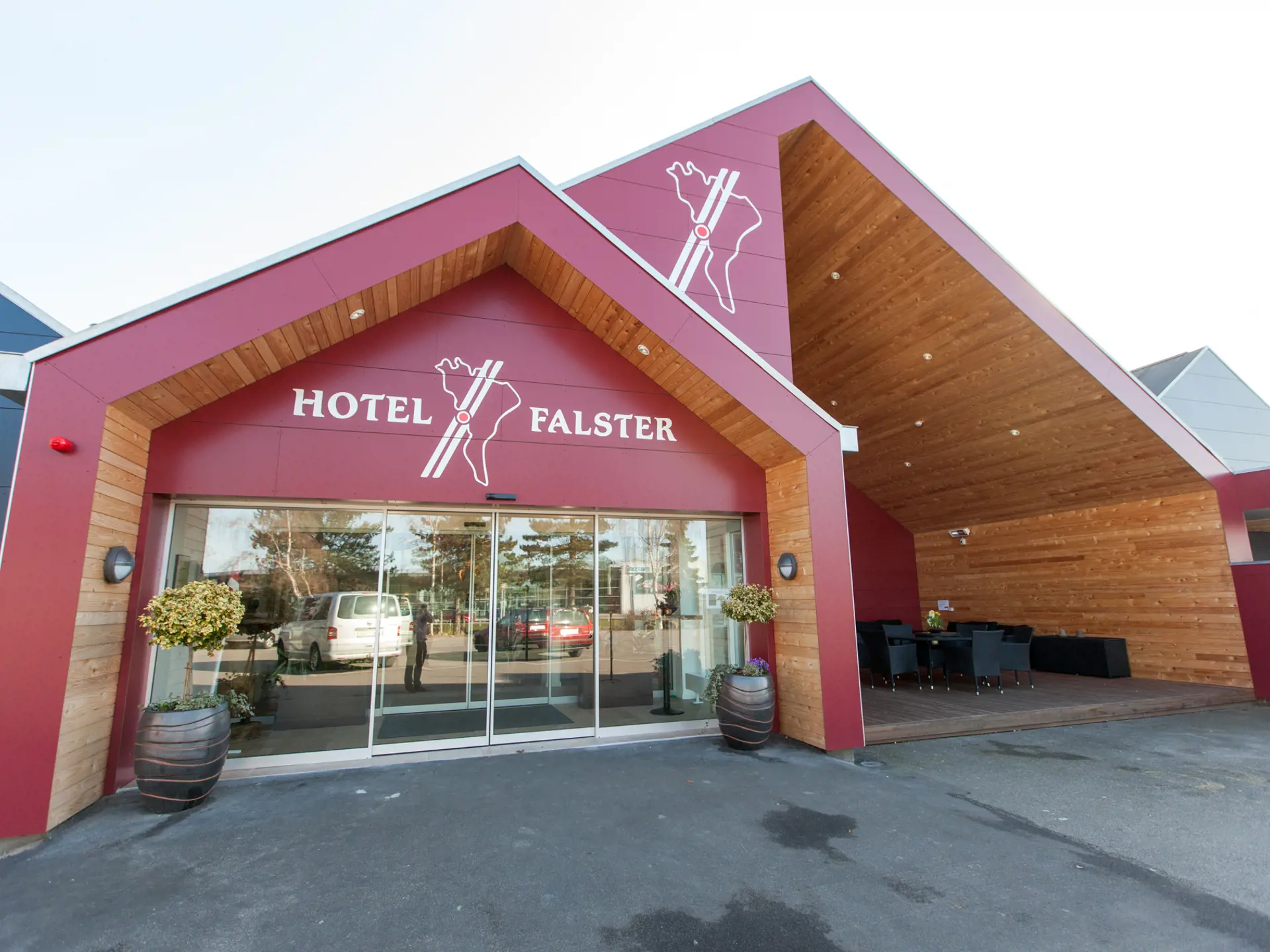The church is preserved with frescoes and furnishings from the Middle Ages, and it retains an altarpiece and pulpit from the Renaissance.
The Church Building
The building consists of a Romanesque nave, which was extended eastward during the Gothic period, merging the chancel and nave. Therefore, the church is referred to as a hall church. During the Gothic period, a porch was built on the south side, and a tower was added to the west.
Today, Jystrup Church is whitewashed with red tile roofs.
The Romanesque Church
Romanesque churches were built in rounded arch style, and many were made of natural stone and bricks. Jystrup Church was constructed with chalkstone and fieldstone.
Originally, there was a door on the south side and one on the north side of the nave. The south door is still in use, while the north door has been bricked up. Traces of the door can still be seen in the masonry, as well as several of the original windows, two on each long wall.
Additions
Bricks arrived in Denmark during the Middle Ages, allowing for lighter construction. During the late Middle Ages, the new Gothic style emerged. The additions were made of fired brick known as "munkesten," which is slightly larger than modern bricks. The Gothic style is characterized by decorations with stepped gables, dogtooth patterns, and decorative niches in the form of blind arcades, with a preference for tall pointed arches.
The Gothic porch may be slightly older than the rebuilding of the chancel. It has a saw-tooth pattern, where the bricks are laid at an angle with their corners facing outward, and above, there are pointed blind arcades in a pointed field.
Around the year 1500, the chancel was rebuilt to its current appearance. The chancel gable has Gothic decorations of stepped dogtooth patterns and high blind arcades (decorative niches). During this period, the modest tower was built, which has flat-arched openings on three sides and a single flat-arched field in the gable.
The Interior
Inside the church, the whitewashed walls bear the strong influence of the cross-vaulted ceiling. The vaulted ceilings came into use during the Gothic period, where bricks allowed for light, upward-reaching vaults. The original beam ceiling was replaced with vaulted ceilings, which were built into the existing Romanesque church.
Frescoes in Jystrup Church
Jystrup Church has frescoes from two periods. The nave features Gothic frescoes from 1425-1475. The wall painting depicts Saint Erasmus, while the ribs show geometric borders.
The vault in the chancel preserves parts of late Gothic decoration from 1500-1525. This is quite unusual, as it depicts a grouping of bishop saints with Mary in a sun halo and Christ as the Man of Sorrows. Mary in a sun halo refers to the special depiction of Mary with a mandorla-shaped light halo around her and the child, while Christ as the Man of Sorrows shows Christ displaying his wounds.
Furnishings in Jystrup Church
The pews in Jystrup Church have been replaced with the current ones, whose ends mimic the Gothic style. Additionally, the church furnishings represent several different periods, with the Middle Ages and the Renaissance being particularly well represented.
Middle Ages
The Romanesque font made of granite is composed of one stone. It has an almost cylindrical basin with slanted undersides. The shaft is a thick round pillar, while the base is cone-shaped.
In the chancel wall, there is also a Gothic wall cupboard, carved from an oak trunk.
Renaissance
The altarpiece from around 1620 is from the High Renaissance. The main section features four arches flanked by two Corinthian columns with decorative bands, which have carved large wings on the outer sides. The arches are separated by a caryatid, a full figure holding a cornice, and below, a female herm, representing a half-figure on a half-column. The arches contain scriptural texts, and the top section features a painting of the burial.
The pulpit from 1628 is in the late Renaissance style. The large fields have portal frames with relief depictions of the evangelists. The sections are separated by female herms representing the virtues of faith, wisdom, hope, and the fourth one without attributes (distinctive features).
Source: lex.dk/Jystrup_Church
